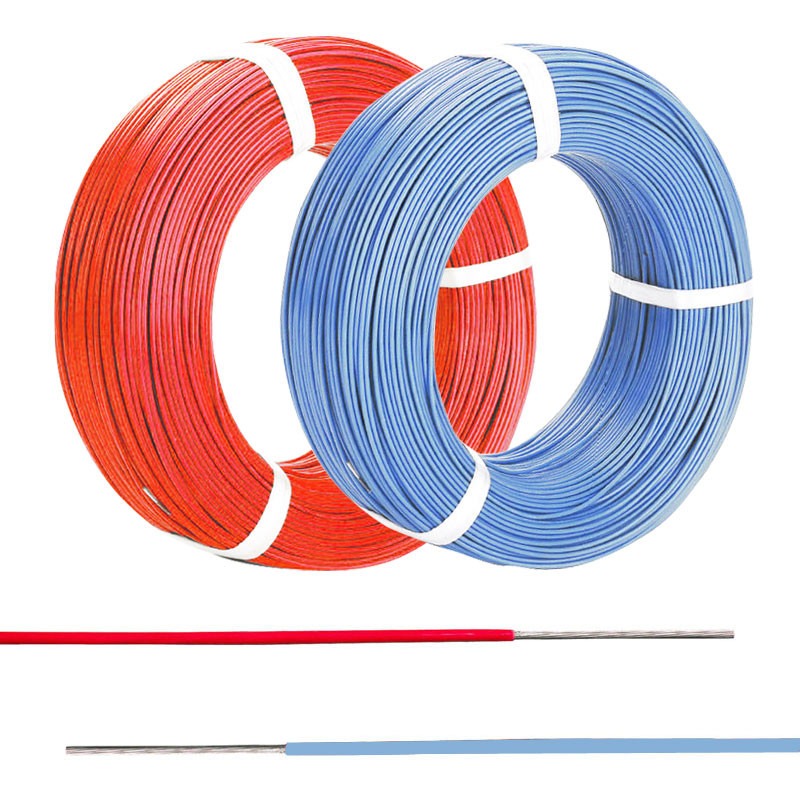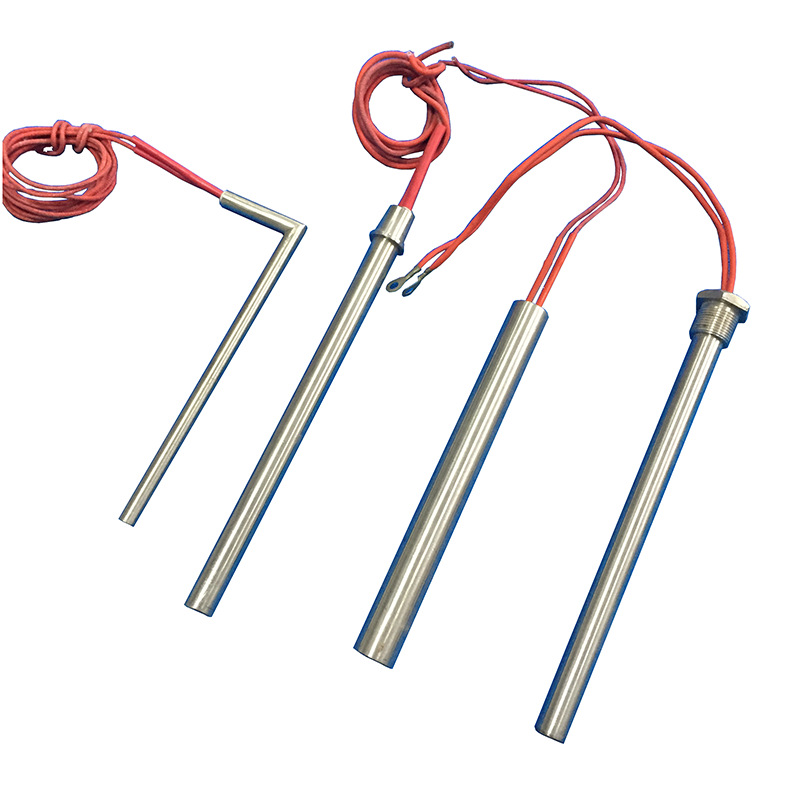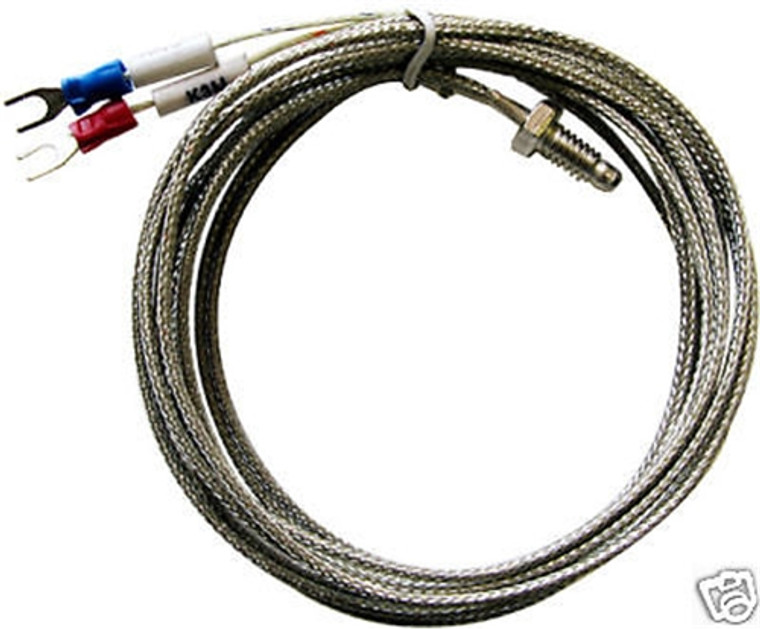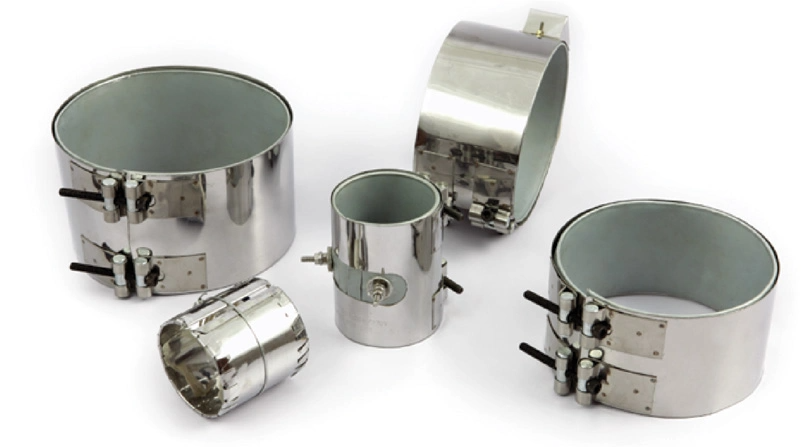Industrial heating demands precision. Whether it’s plastic injection molding or extrusion, maintaining the correct temperature is critical. That’s where a band heater with thermocouple steps in, delivering both heat and accurate temperature monitoring in one solution.
Manufacturers face tight tolerances. A few degrees off can ruin an entire production batch. The integration of a thermocouple into the band heater ensures consistent thermal control, directly where it’s needed most.
Understanding the Band Heater
A band heater is a cylindrical heating element. It’s typically clamped around pipes, barrels, or nozzles. It’s used to heat metal surfaces directly, offering fast and even thermal distribution. Most are made of stainless steel and nickel-chromium resistance wire.
These heaters are often seen in:
- Plastic processing equipment
- Pharmaceutical manufacturing
- Chemical reactors
- Food production machinery
The band heater wraps tightly around the component, minimizing heat loss and enhancing efficiency.
The Thermocouple Advantage
A thermocouple is a sensor that measures temperature based on the voltage difference between two dissimilar metals. It converts heat into an electrical signal, feeding real-time data to controllers or monitoring systems.
When embedded into a band heater, it enables:
- Accurate, real-time temperature readings
- Faster feedback for thermal control systems
- Reduced risk of overheating
- Longer heater lifespan due to better regulation
This combination eliminates the guesswork. It’s not just heating; it’s intelligent heating.
Types of Band Heaters With Thermocouples
The design and material choice depend on the application. Here are the most common options:
- Mica Band Heaters: Cost-effective and offer up to 900°F operating temperatures. Ideal for general-purpose heating.
- Ceramic Band Heaters: Handle up to 1,400°F. Provide superior heat retention and energy efficiency.
- Mineral-Insulated Band Heaters: Compact, high-watt density, and extremely durable. Preferred for space-constrained setups.
Thermocouple types often used:
- Type J: Iron-Constantan. Effective from 0°C to 750°C. Affordable and accurate for lower temperature ranges.
- Type K: Chromel-Alumel. Suitable up to 1,260°C. Common in industrial environments.
- Type E and Type T: Used in niche applications for specific temperature sensitivities.
Why Industries Prefer Band Heater With Thermocouple
The rise in automation and real-time monitoring has made traditional heaters obsolete in many contexts. A band heater with thermocouple delivers measurable advantages:
- Precise thermal control: Ensures consistent output quality
- Energy savings: Less energy wasted due to overheating
- Operational safety: Reduces fire and breakdown risks
- Improved productivity: Cuts downtime by eliminating thermal fluctuation errors
It also reduces the need for external sensors, cutting wiring and simplifying control panel design.
Best Practices for Installation
To gain full value from a band heater with thermocouple, install it correctly. Follow these guidelines:
- Surface preparation: Ensure the contact area is clean, smooth, and free of debris.
- Uniform clamping: Apply even pressure to prevent air gaps.
- Thermocouple positioning: Place it where the temperature fluctuates the most, often at the hottest point.
- Regular checks: Inspect connections and resistance values during maintenance cycles.
- Avoid overheating: Match heater wattage with the material’s heat absorption rate.
.
How to Choose the Right Band Heater With Thermocouple
Not all heaters are created equal. When selecting a model, consider the following:
- Temperature range requirements
- Material to be heated
- Power needs (watt density)
- Space limitations
- Mounting options
- Required thermocouple type
Also, check the insulation type and terminal style. Poor selection leads to uneven heating or short service life.
Final Thoughts
Precision matters more than ever. A band heater with thermocouple isn’t just a tool it’s an investment in accuracy, consistency, and safety. From energy efficiency to real-time monitoring, it supports scalable, high-quality production. Manufacturers relying on thermal accuracy can’t afford to guess. By integrating sensing and heating into one cohesive unit, this solution meets the rising demands of modern industry, one degree at a time.














